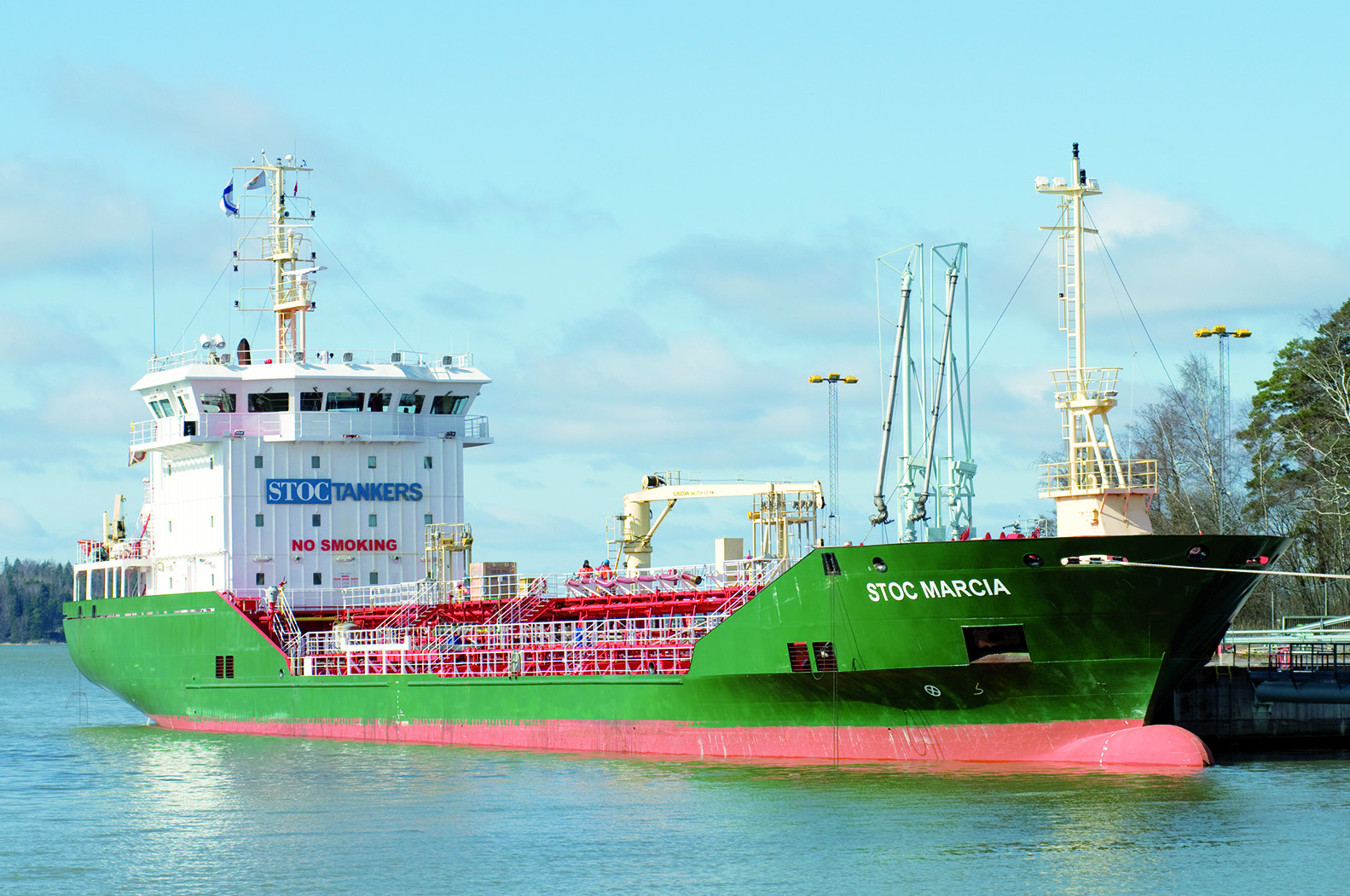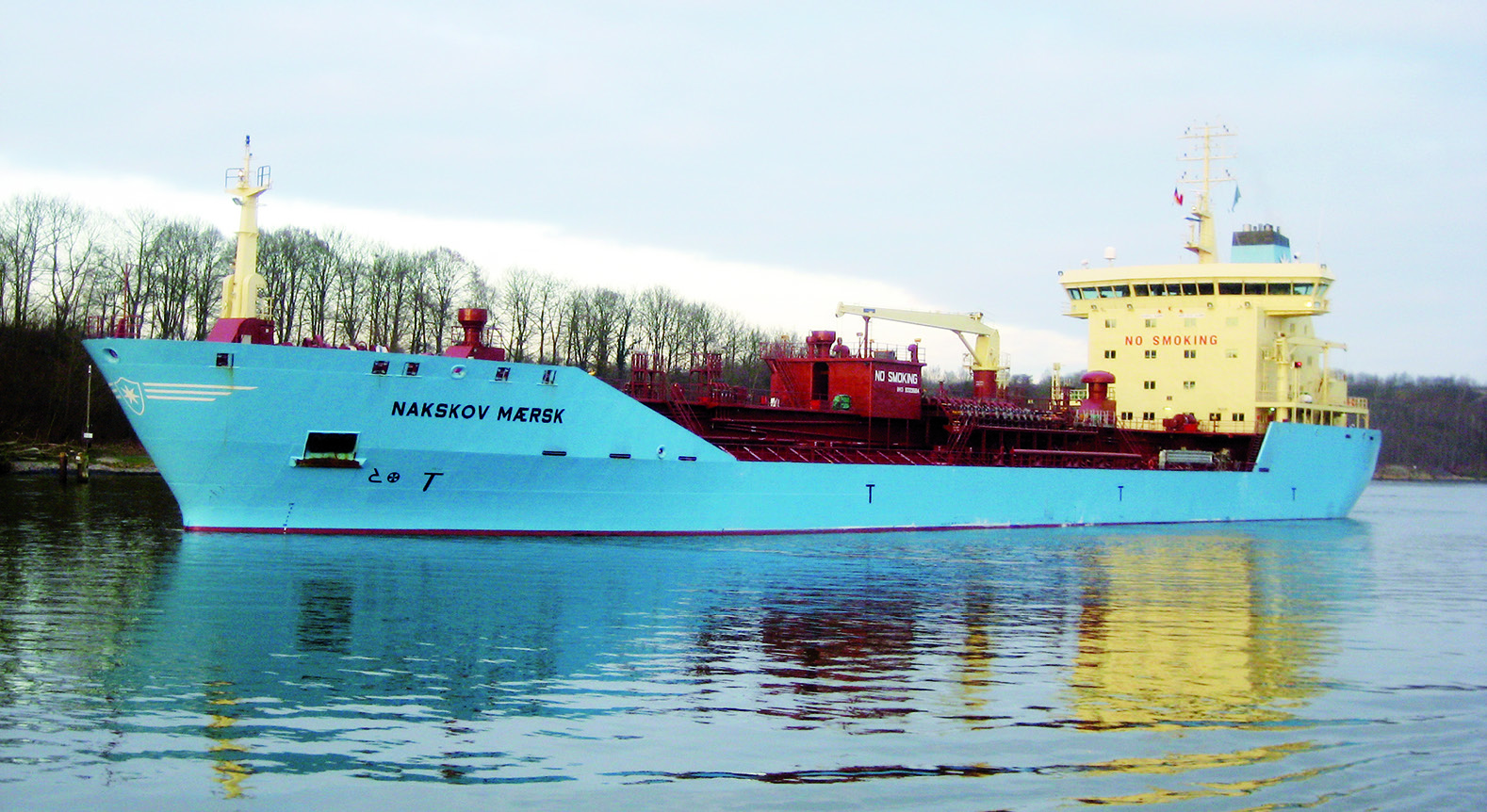

TANKERS
Tankers are ships carrying liquid cargoes in bulk; crude oil, oil products, chemicals, liquefied gases, molten sulphur, even orange juice. The nature of their cargo requires special forms of construction and outfitting. Some cargoes, as liquefied gases, are transported at very low temperatures down to –164°C, others as molten bitumen, must be transported at high temperatures up to 250°C in independent tanks supported by means of special methods.
Tankers can be divided into the following types: oil tankers, chemical tankers, gas carriers and combination carriers.
Crude oil tanker is an oil tanker engaged in the trade of crude oil. Product tanker is an oil tanker engaged in the trade of oil other than crude oil. A clean product tanker carries light petroleum products, a dirty product tanker carries heavy petroleum products. The product tanker is intended for transportation and distribution of crude oil derivatives from the refineries to consumers. The main difference between a product tanker and a crude carrier is, that with the former, several batches of cargo of different kinds are transported simultaneously and the respective cargo quantities are smaller. It requires a large number of cargo tanks and a complicated pumping and piping system to facilitate a separate handling process for each type of cargo.
High heat tankers are product carriers for the transportation of molten sulphur, bitumen, dirty petroleum products, coal tar, pitch and coal tar products. They maintain a cargo temperature between the ranges of 160°C and 240°C, which places very heavy demands on the heating, insulation of the tanks and pipework, as well as associated valves and pumps. See also High heat tanker BITFLOWER.
Chemical tankers are ships constructed to carry a cargo of noxious liquid substances in bulk. There are two kinds of chemical tankers: one is an exclusive chemical tanker for carriage of an exclusive cargo, and the other one is a parcel chemical tanker capable of carrying many kinds of chemical cargoes. The two disctinct categories of chemical tanker comprise vessels with all or most of the cargo tanks fabricated from stainless steel, and those vessels embodying only coated, mild steel tanks. See also Chemical tanker BOW SUN.
STOC MARCIA can carry dirty products such as tall oil and coal tar, but also petroleum and chemical products. The Wärtsilä 6L32 main engine has an output of 3000kW.
The vessel is provided with Wärtsilä Sulzer 6RT-fl ex 48 main engine with MCR = 6300kW.
- Gas carriers are intended to carry different liquefied gases used for energy purposes
(petroleum gases, natural gases), in the chemical industry (ethylene, vinyl chloride, propylene, etc.) or used as a raw material for making agricultural fertiliser (ammonia).
- Parcel chemical tanker – A chemical tanker capable of carrying many kinds of chemical cargoes including petroleum products.
Chemical parcel tanker STOLT INNOVATION has 42 integral stainless steel cargo tanks and 4 deck tanks. The smallest is around 350m3, while the biggest is approximately 2050m3.The maximum temperature that can be maintained in the tanks is 95 deg C, while the lowest is around 15 deg C. Each tank has a separate piping system which connects the tank to the manifold discharge/loading area. Altogether, there are 40km of piping on the vessel.

